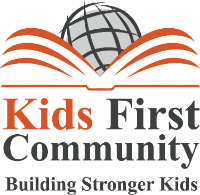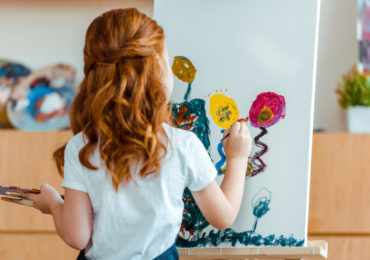The world is a dangerous place for the best of us, and the more parents think about this truth, the more we worry about our children. Keeping kids safe is one of our biggest concerns as parents, and failing to do so is one of our deepest fears.
Keeping your kids protected from harm may sound like a daunting task, especially if they’re getting older and want to be away from home during the day. However, there are several things you can do as a parent to not only keep your kids safe but also teach them how to make safety a priority when they’re on their own.
Establish Boundaries
Part of raising a self-assured child involves helping them establish boundaries with other people. Remind them they’re allowed to say “no” to actions they’re not comfortable with, and support your child’s boundaries consistently. Whether it involves them avoiding strangers or saying no to a hug from a relative, respect the child’s decision.
Teach Safety Skills
Basic safety skills are an important part of raising safety-conscious kids. Sign your child up for classes and/or teach an array of safety tips at home, including (but not limited to):
- First Aid
- Swimming
- Fire Safety
- Public Awareness
Be Aware of Your Child’s Life
Your vigilance can help your child avoid stepping into dangerous pitfalls in a number of ways. Take the time to know who your child’s friends are, be familiar with their families before allowing your child to visit a friend’s home, and know what your child will be doing when they’re away from home.
Though you can’t prevent every negative incident in your child’s life, being involved and aware of potential risks can help you enhance your child’s safety most of the time.
Teach Kids to Protect Themselves
Keeping your child safe isn’t something you can do by yourself 100% of the time, because as their parent, you aren’t with them every second of the day.
This is why empowering your child to protect himself/herself is crucial. Practice safety scenarios with your child, ask “what if” questions to gauge whether the child knows what to do in a given situation, and provide them with the information they need to keep them aware of their surroundings.
When you take steps to keep your child safe, emphasize the importance of what they’re learning by providing examples. Warn them about the dangers they’re learning to prevent, and encourage them to trust their instincts as they create action plans for the future.








